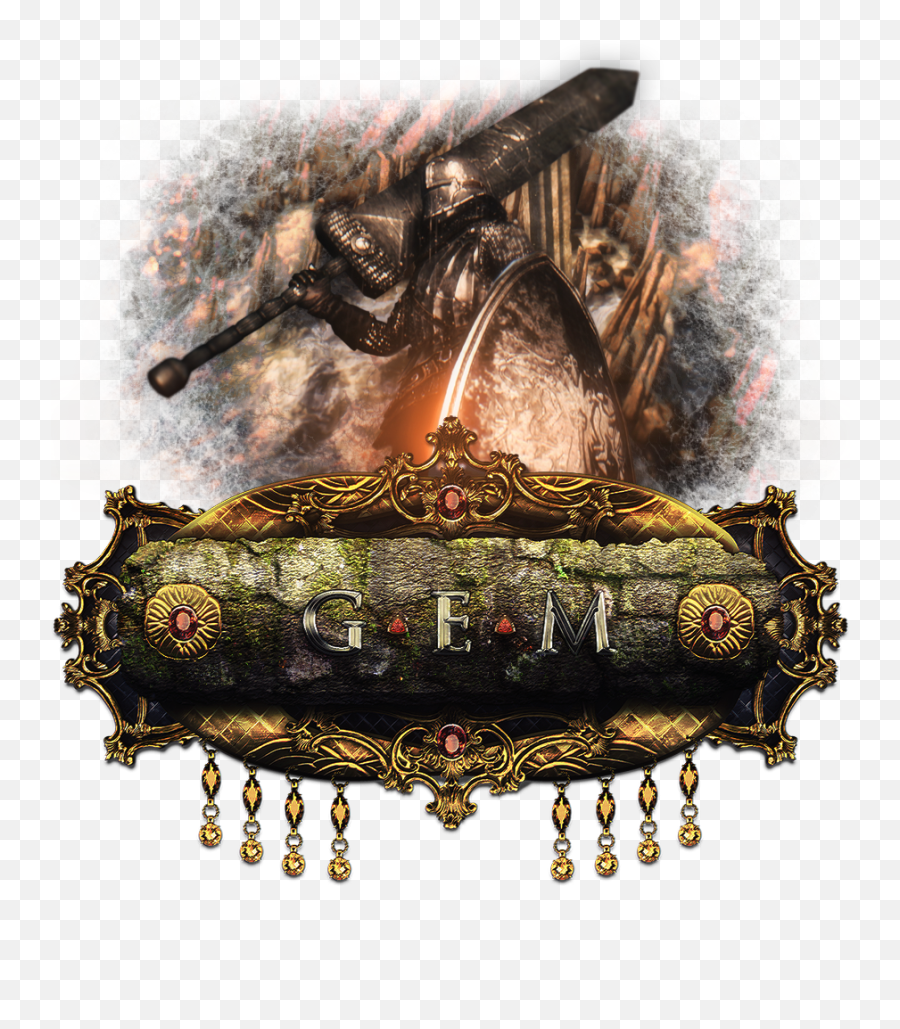
What began as two paths sprouts into four, then six, then countless tiny offshoots, some leading to small bits of treasure, others to whole new zones and bosses. While the first 15 hours of the game is a little easier - dare I say it, even approachable - the game's complexity blossoms from there. Hardcore fans who are reading this may be worried about Dark Souls 2 being "more straightforward," but you needn't be too concerned. It's a gentler introduction that still doesn't compromise the terrifying beast of a game you're about to get into. Drangleic has plenty of secretsįrom there, instead of being immediately thrown into an overwhelmingly gigantic world, you're only given two real paths forward, each extending from a hub town whose population will grow as you progress. The traditional half-hearted tutorial ending in a boss that's meant to kill you immediately has been replaced with a simpler, more effective and completely optional zone for learning the ropes.

But the heart of the game is clearer and easier to grasp.

For all that it did right, the first Dark Souls was full of unnecessary obfuscation - core gameplay concepts like "humanity" that the game never fully explained, or points where the single path forward was obscured and easy to miss.ĭark Souls 2 still contains plenty of secrets people will still be picking apart its systems and level layouts and discovering new things for a long time to come. From Software has cut down on the small annoyances that often tripped up new players in previous releases. It helps, as well, that progression in Dark Souls 2 is almost always determined by skill. In Dark Souls 2, figuring out how to progress is the reward.

In a different game, I might be frustrated dying at the same part over and over again, because I want to see the next cutscene or get the next upgrade.


 0 kommentar(er)
0 kommentar(er)
